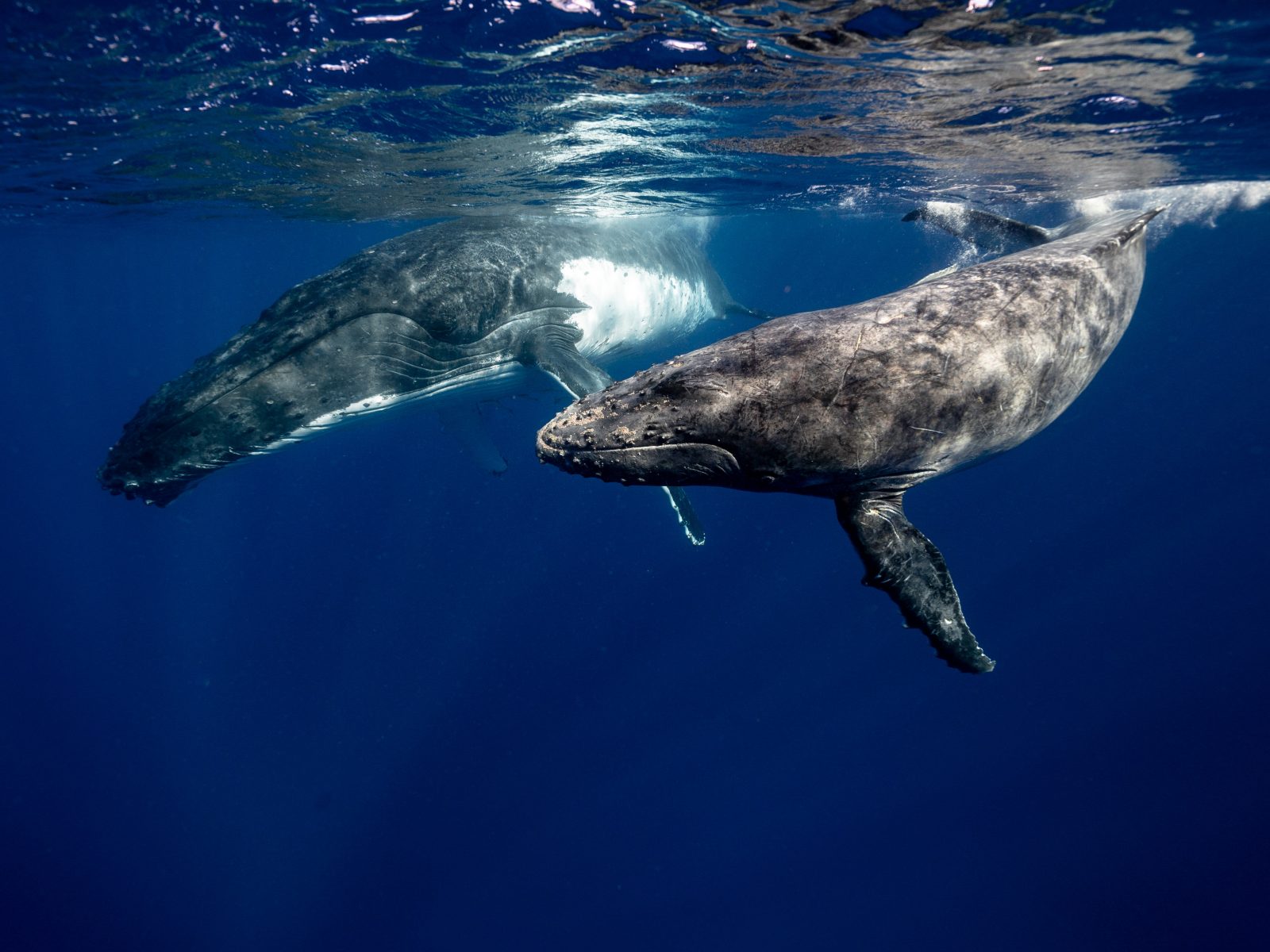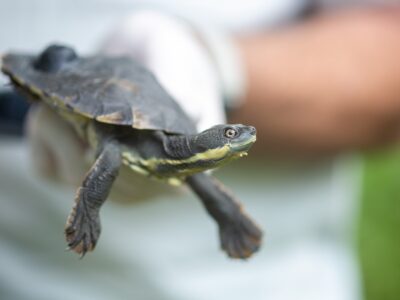There are so many fascinating and unique characteristics of these other-worldly mammals. Here are the top five endearing facts about the world’s largest animal.
-
1/5
Humpback whale calves whisper to their mothers
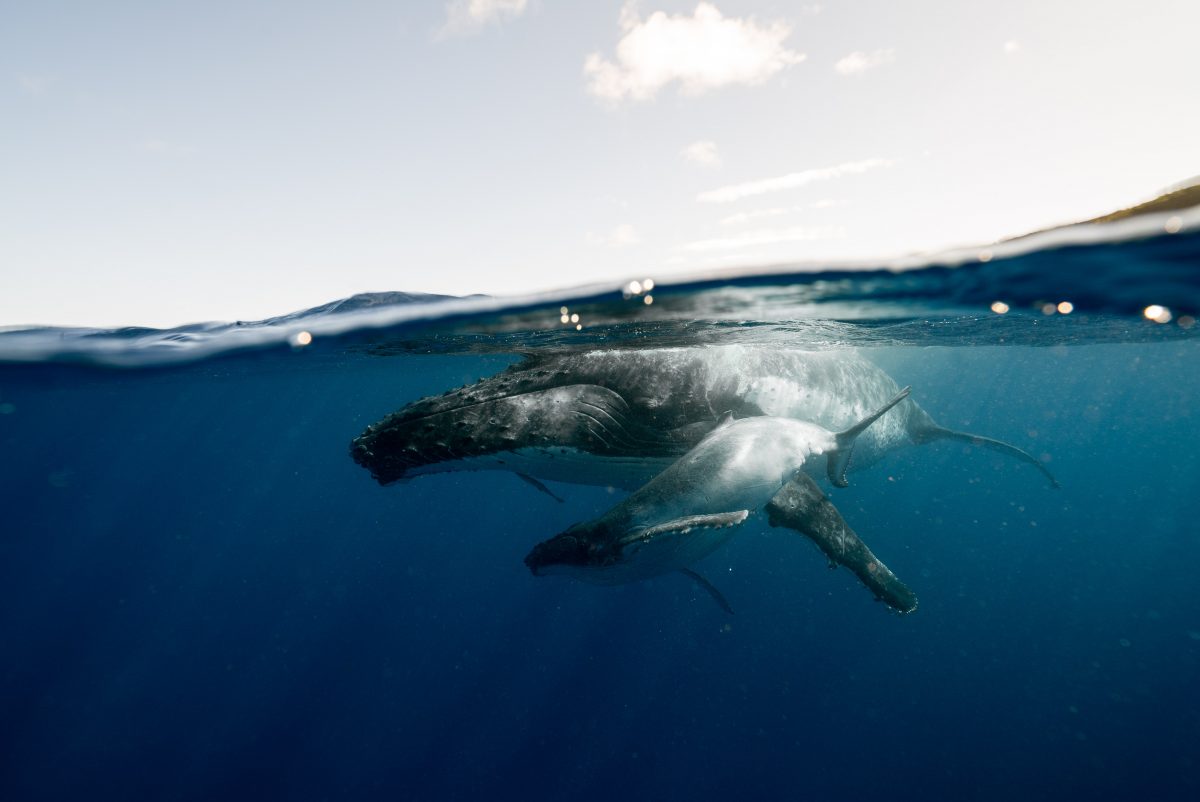 Photo Information
Photo InformationElianne Dipp via Pexels
Research has discovered mother humpback whales and their calves communicate to each other through soft squeaks and grunts, which are much quieter than other humpback vocalisations. It is thought that by “whispering”, mums are able to keep track of their calves while the soft sounds make it harder for potential predators like orcas to hear them.
-
2/5
Infant whales suckle milk from their mothers
via GIPHY
As mammals, whale calves are dependent on their mother’s milk for survival. Blue whale calves can drink over 600 litres of milk each day! Underwater feeding may seem tricky, but different whale species have adapted various methods to make this feat easier. For example, whale milk has a very high-fat content, which helps prevent it from dissolving in the water.
-
3/5
Orcas live in a matriarchal community
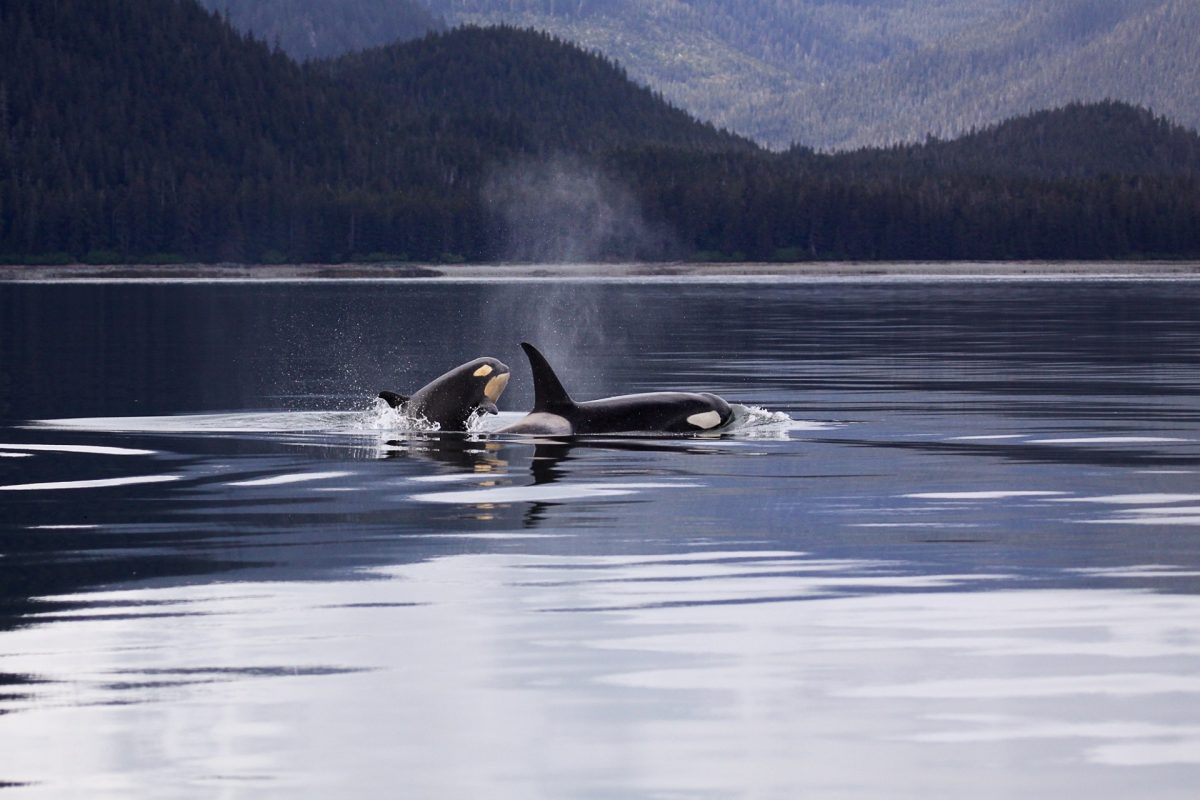 Photo Information
Photo InformationPixabay via Pexels
Orcas tend to live in large, highly complex pods which consist of family groups. Their social structures are so complex they are sometimes compared to humans and elephants. As female orcas usually live longer than males, most pods are led by a matriarch, with research showing that her experience is passed down through generations.
-
4/5
Who’s the father? Many whale species are polygamous
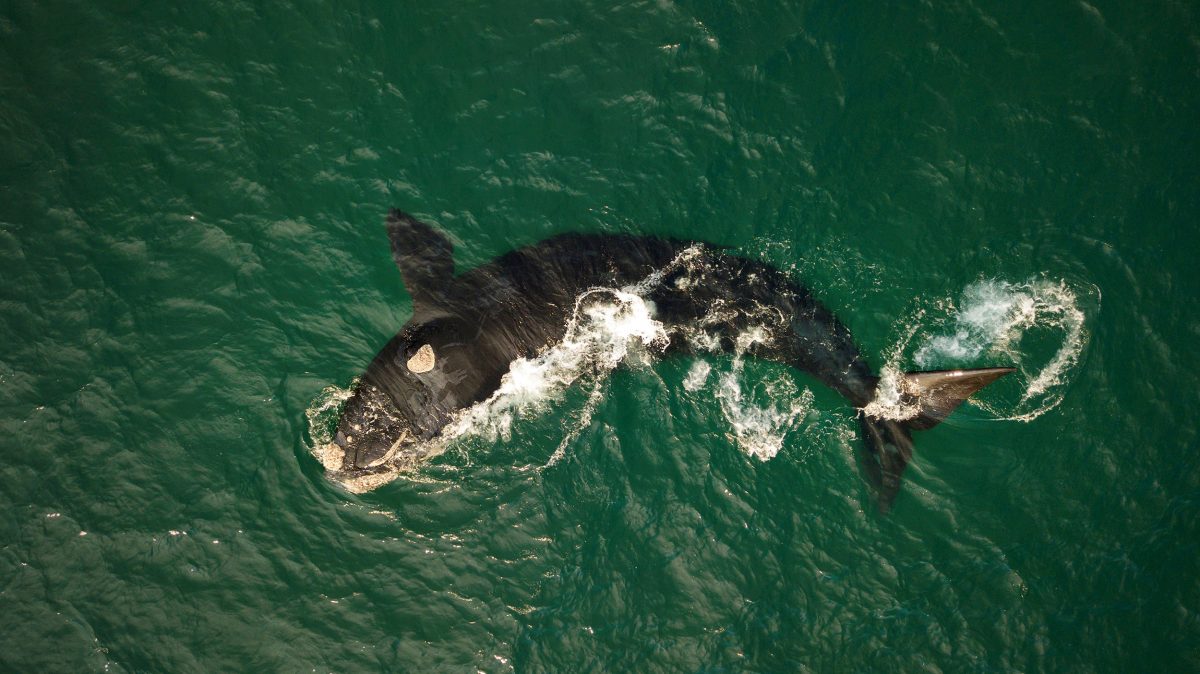 Photo Information
Photo InformationLachlan Hall / DPIE
Most whale species, such as southern right whales and humpback whales, do not choose only one mate. During breeding season, female southern right whales may mate with an average of seven male partners to increase the likelihood of pregnancy.
-
5/5
Babysitters club: sperm whales protect each other’s young.
via GIPHY
Researchers tracking sperm whale populations discovered female sperm whales will form a babysitting pool to protect infants, while their mothers deep dive to hunt for food. Sperm whales can dive over 600 metres in search of prey such as squid, however, calves are unable to make these dives and remain closer to the surface.
Wild About Whales? Read more about these incredible mammals here.






